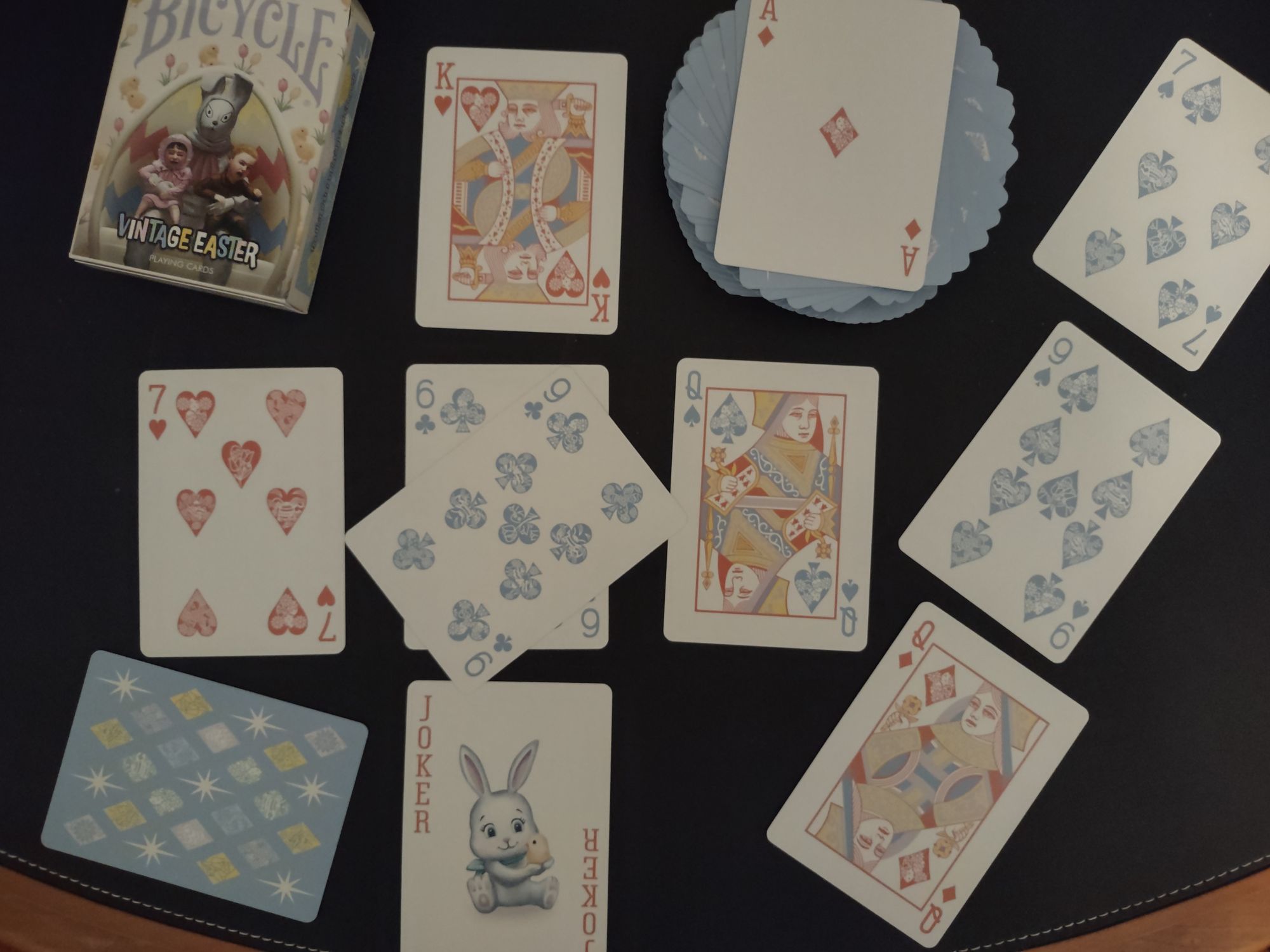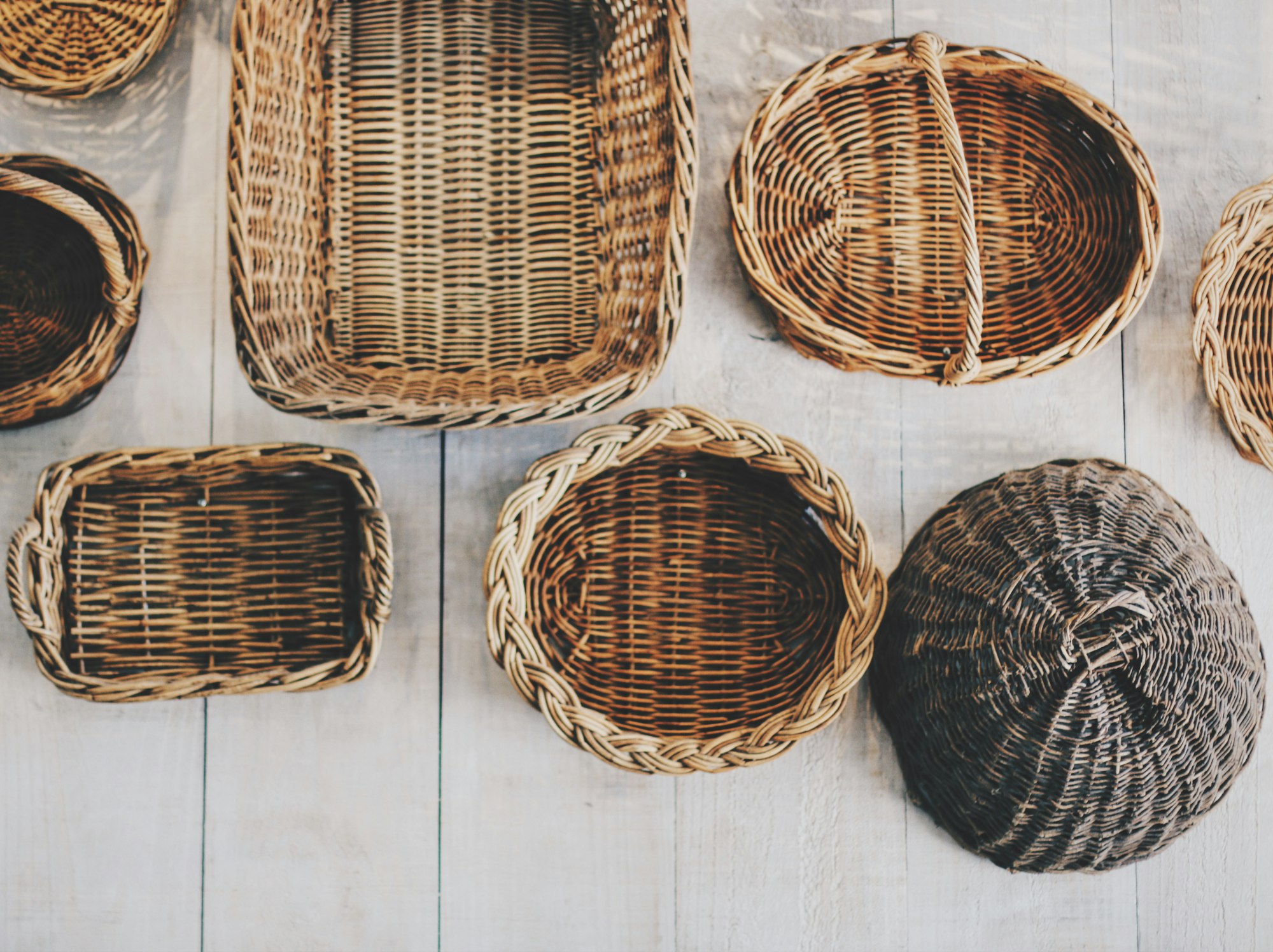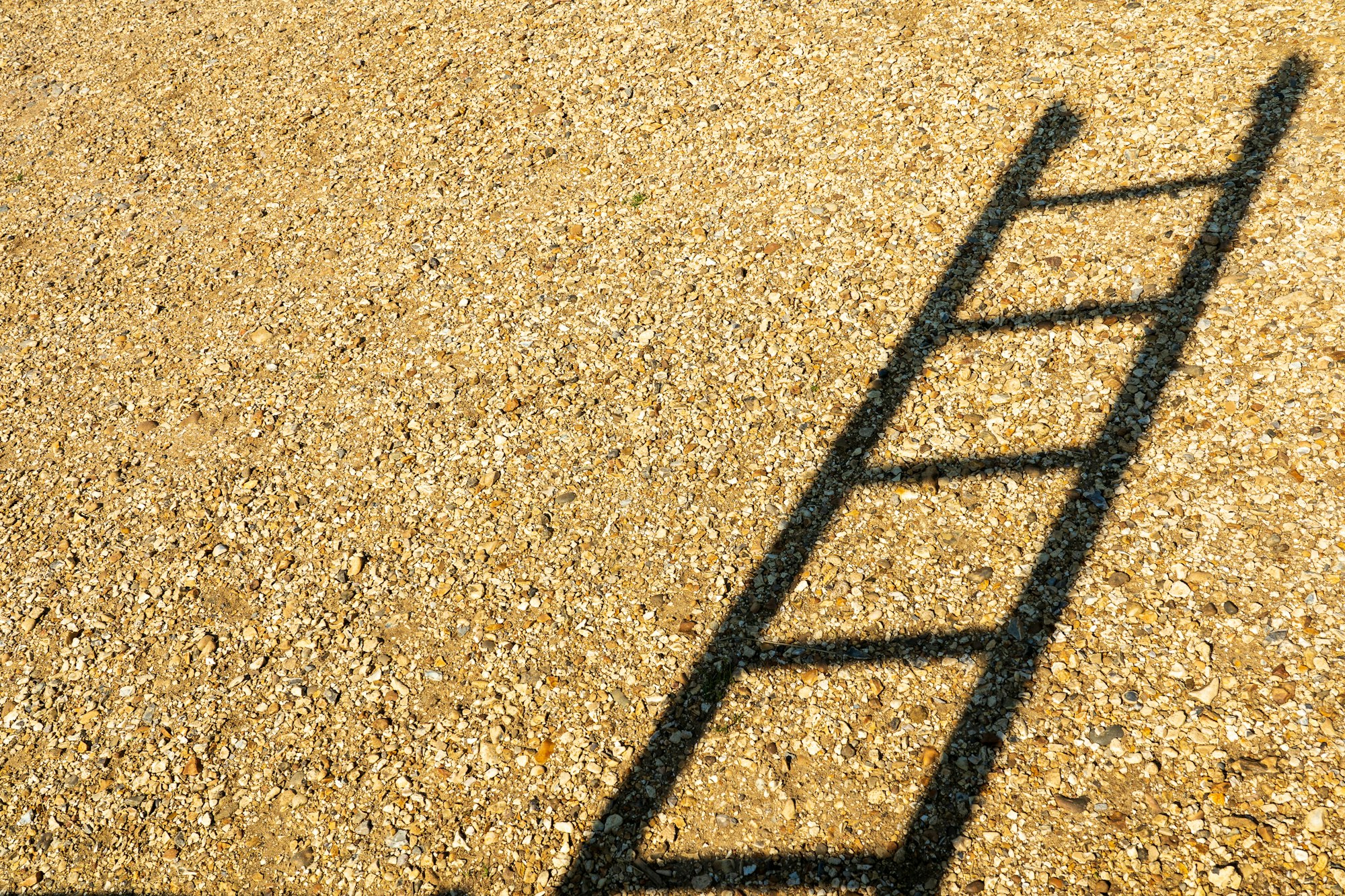X: Crook
All letters have a little picture ancestor.

Good morning. Today is décadi, the 30th of Floréal, Year CCXXXI. We celebrate la houlette, a staff used by shepherds to keep sheep in line.
We already considered the crook as a symbol of political and religious power when we discussed the flail, so this time we can take a different route through the Eastern Mediterranean's enduring influences on civilization, and look at how our modern Latin alphabet derived from hieroglyphs. Because without the shepherd's crook being one of the earliest and most important cultural tools during the development of animal husbandry, we apparently wouldn't have the letter L.
Or, we would, because the sound is common across many languages, but we wouldn't draw it as a bent stick. L is a nice letter evolution because, aside from a brief detour as an incomplete triangle in Greek, it's remained pretty crook-looking across the various alphabets where it has appeared, at least within the sphere of those influenced by the ancient Egyptians.
Let's take a quick tour through the alphabet to see what other objects are lurking inside:
A - An ox head. Can't see it? This was one of many animals where complex drawings quickly devolved to abstract shorthands. The clue is in the difference between the capital and the lowercase. The little "a" (darn this font for not showing it the way I'm about to describe it) is a circle with a scoopy stick on the right side. Letter evolution features a lot of falling down sideways (part of the messy process of everyone figuring out whether to write horizontally or vertically), so you have to turn your head to see that the circle is the ox head and the scoopy stick is the horns. The capital letter was the same thing, but with a triangular head and horns that stick out of it, because it also used to be on its side. The capital A, hilariously, righted itself upside-down, so your ox is always looking up.
B - It's a house! This one's all Phoenician, as the Egyptian equivalent was a foot and calf. But the Phoenician house was only one story – just a box with a door at the bottom. I'm not sure why a second story was added by the Greeks (better architects, I guess), or how it got rounded in the front. B is messy. Let's move on.
C & G - This is a camel, linguists think? In earliest writing, the sound for G (which is sometimes harder or sometimes softer, depending on local dialect) was just a slightly bent stick, like an I that someone karate kicked. But the associated was with the gimel and that was the name of the letter in Semitic (still is in Hebrew), which means camel. You can think of its modern rounded form as the hump.
D - A fish. This used to be a short rectangle which could easily be decorated up with fins and a tail if you wanted, but it went sideways as so many letters do. The Greeks kept the dorsal fin, which is why delta is a triangle.
E - This is my favorite. E started life as a little person with arms up in the air in celebration. They're literally going "wheeeee." Eventually just the arms and head were kept, and then, yep, sideways. Meet the adorable ancestor of E:

F - A club or mace. Honestly, this one got bent way out of shape from its original look, which was a stick with a lump on top.
H - A fence. The original letter was the current letter but repeated three or four times. Eventually humans just put up two posts and a bar in between and figured you get the idea.
I & J - An arm. While we've gone sideways again, this makes pretty good sense when you look at it. J looks more arm-like, but is actually a relatively new invention to try to explain why sometimes the vowel got juicy consonant all over it.
K - A hand. Think of the spikes coming off as fingers. There used to be three of them. It's best not to think about what horrible accident got the already truncated hand down to its final two digits.
M - Water. Duh. This, like L, is one that's kept its shape, but is even more obvious because everyone's first drawing of water is just a squiggle that goes up and down.
N - A snake! You thought that was S, and that maybe this letter was "less water" or something. But no, the snake hieroglypic was drawn as a head pointed up, cobra-style, on a body with a single bend in it. That's how the letter got its two turns.
O - An eyeball. This is the least-changed letter of all time. I'm honestly surprised there are writing systems that don't use a simple circle.
P - A mouth. It didn't used to be drooling like that.
Q - An eyeball crying a single tear? No, this one has the most controversy surrounding it. The picture is agreed upon, and it looks remarkably like the ancestor of F, a stick with an oval at the top. The question is, what does it mean? The leading theories are needle, monkey tail, and knot. I like knot.
R - A head and neck. It's like a little extremely abstracted bust. Very noble for such a messy and difficult sound.
S - It's been itching at you since we did N. What is this, if not a snake? Well, S has taken a messy road to its current state – at one point it looked exactly like W – but it originated as a drawing of a tooth!
T - Just a mark. The original letter looked exactly like X. In a sense, T means number, because the tally marks would be summed up to arrive at an arithmetical total. But the letter itself has always been an abstract shape, arguably the simplest one. I guess it can be proud of marking the spot.
U & V & W & Y - These all started out as a bird. In English, the sound and mouth shape of these letters seems very distinct, but during the busy pass around of early alphabets, most languages only had need for one of these letters. And, if you think about it, we barely need Y.
X - This is my favorite – see, after T evolved, people realized they lost their tally mark, so X got reinvented and applied to the K sound, which, of course, already had two letters that could handle it. I like to think that X doesn't really have a sound, and people just needed to include it because it's the most primal letter, a letter that says "this is how letters work."
Z - Fans of Zorro will be delighted to find out that this is a sword. It used to be just two slashes, but it's hard to make two separate slashes without a little connecting dribble, and that eventually became formalized as part of old Zed.
So okay, let's sing the ABCs! Ox, house, camel, fish, yay, fence. Arm, hand, crook, water, snake, eyeball, mouth. Knot, head, tooth. Mark, bird, bird. Bird again, mark again. Bird and sword. Now I know my ABCs. Next time turn them sideways please.
Today's card: Ace of diamonds

The move to refocus on work pays off with a new income stream or possibly even a new job altogether. The lesson embedded in this reading is that when we feel underappreciated or unnoticed, the best thing to do is do. That's a wrap on Floréal. We'll get started with a fresh reading tomorrow in a fresh new month.



